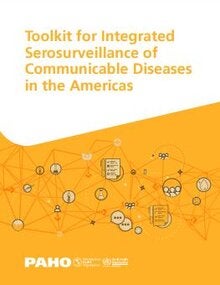This toolkit was developed to facilitate the design, implementation, analysis, interpretation, and use of results of integrated serosurveys to reinforce countries’ capacities toward the elimination of communicable diseases. The first part describes the basic concepts of serosurveys and serosurveillance, its uses, benefits and challenges, ways to improve its efficiency, and its potential to contribute to decision-making in public health. Subsequently, this toolkit presents a stepwise process for the implementation of survey-based integrated serological surveillance. It includes recommendations on how to identify the need for and purpose of gathering serological information; the survey design and methodology; laboratory methods; practical considerations for survey implementation; data analysis and interpretation; and the use of findings to support decision-making.
|

